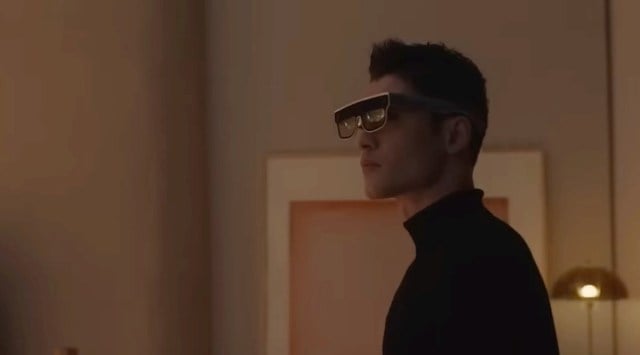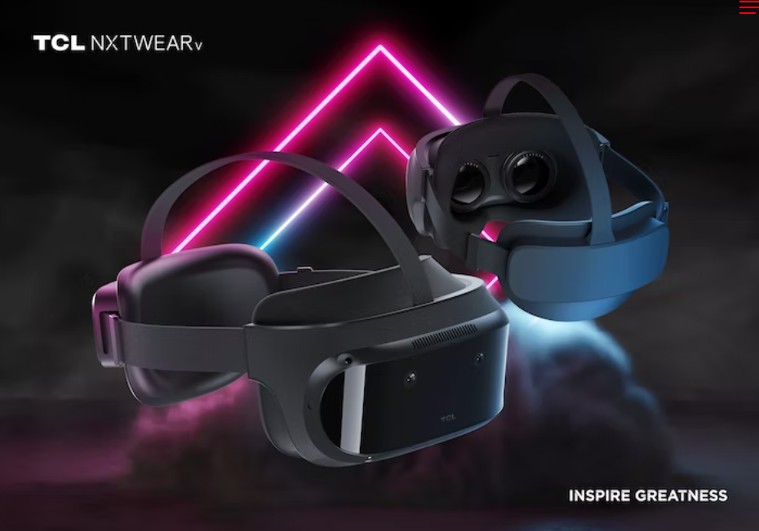Beyond smartphones: Exploring the Chinese AR/MR headset revolution
Are augmented/mixed-reality headsets really the next big thing in consumer technology? Can they one day even replace smartphones? Looking at the strides some companies are making in the space definitely suggests so.
 Besides US companies like Apple and Meta, several Chinese OEMs are also heavily investing in augmented reality technologies. (Image: Xiaomi)
Besides US companies like Apple and Meta, several Chinese OEMs are also heavily investing in augmented reality technologies. (Image: Xiaomi) Smartphones have revolutionised the world and become an essential part of our lives. But they may not be the ultimate devices, as AR headsets are emerging as the next frontier of consumer tech. These headsets enable users to blend digital content with reality, creating immersive and engaging experiences. Some of the biggest tech giants, such as Apple, Meta, Microsoft, Sony and Google, are competing to develop devices that are affordable, comfortable and powerful. But they are not alone.
Recently, at the CES and MWC events, several Chinese companies including Xiaomi, Lenovo, and Oppo proved that they’re also making strides in this space. Today, we explore every major Chinese company working on AR/MR devices.
Lenovo
 The Lenovo ThinkReality VRX. (Image: Lenovo)
The Lenovo ThinkReality VRX. (Image: Lenovo)
Lenovo has its own cloud-based platform called ThinkReality for XR (AR/VR/MR) devices, applications, content, and services at a global scale. The company also recently unveiled the ThinkReality A3 smart glasses, built for enterprise customers. They tether to PCs or phones via USB-C and run on Qualcomm’s XR1 processor. They have two 1080p displays that can show up to five virtual monitors and support mixed-reality features.
The company is also working on the ThinkReality VRX, a recently announced headset that will be released in 2023 and will feature super-fast 5G speeds and WiFi 6 connectivity. It’s powered by the Snapdragon XR2+ Gen 1 processor and runs Android 12.
Xiaomi
 The Xiaomi Wireless AR Glass Discovery Edition. (Image: Xiaomi)
The Xiaomi Wireless AR Glass Discovery Edition. (Image: Xiaomi)
Xiaomi is working on AR and MR headsets that could rival Apple’s rumoured device. At MWC, the company showed off the Xiaomi Wireless AR Glass Discovery Edition, a wireless AR headset that uses Snapdragon XR2 Gen 1 Platform and MicroOLED displays. It offers a retina-level adaptive display, low-latency communication, and hand-tracking interaction. It can connect to Snapdragon Spaces-ready smartphones and support various applications. It weighs only 126g and has electrochromic lenses.
Xiaomi, which has already established itself as a top player in the smartphone and smart home sectors, now aims to compete with other tech giants like Google, Microsoft, and Apple in the VR and AR space.
TCL
 The TCL NXTWear V. (Image: TCL)
The TCL NXTWear V. (Image: TCL)
TCL is a display maker that wants to put a screen in front of your eyes for every version of reality. At CES 2023, the company announced its latest experiments with wearable displays, including a VR headset and mixed-reality glasses. The VR headset, called NXTWear V, is a lightweight concept that offers a high-resolution and wide field of view. Then there are the company’s mixed reality glasses, called RayNeo X2, which use a full-colour Micro LED display to show heads-up information in the wearer’s field of view. TCL plans to make them available to developers and consumers later this year.
Oppo
 The Oppo MR Glass Developer Edition. (Image: Oppo)
The Oppo MR Glass Developer Edition. (Image: Oppo)
At the Augmented World Expo (AWE) 2023, Oppo just announced its latest mixed reality headset, the Oppo MR Glass Developer Edition. The headset is powered by Qualcomm’s Snapdragon XR2 Plus chipset and features two colour cameras that create a realistic “through” view of the environment. The headset also comes with ring controllers that allow users to interact with the digital content. The Oppo MR Glass Developer Edition is designed for developers to create apps and explore the potential of XR technology.
Oppo believes that mixed reality will be the next computing platform after smartphones and hopes to attract developers to create applications that will make mixed reality popular. The headset will be available for developers in China in the second half of the year. Oppo has no plans to make the device commercially available yet.
Xreal (formerly Nreal)
 The Nreal Air. (Image: Xreal)
The Nreal Air. (Image: Xreal)
Chinese augmented reality glasses maker recently unveiled the Nreal Air, which is a pair of sleek and lightweight glasses that resemble wayfarer sunglasses. They can connect to compatible smartphones, tablets, or gaming devices via USB-C and create a 130-inch HD cinema experience for watching movies, streaming, working, or gaming anywhere.
The company also announced a rebranding on Thursday, along with two new products: Xreal Beam and Xreal Spatial Display. Xreal Beam is a device that can connect to various sources, such as smartphones, PCs and gaming consoles, and project content onto the Xreal glasses. Xreal Spatial Display is a technology that allows users to place virtual screens in fixed positions in space. The company said the rebranding was to prepare for its global expansion and to avoid trademark confusion with Epic Games.







